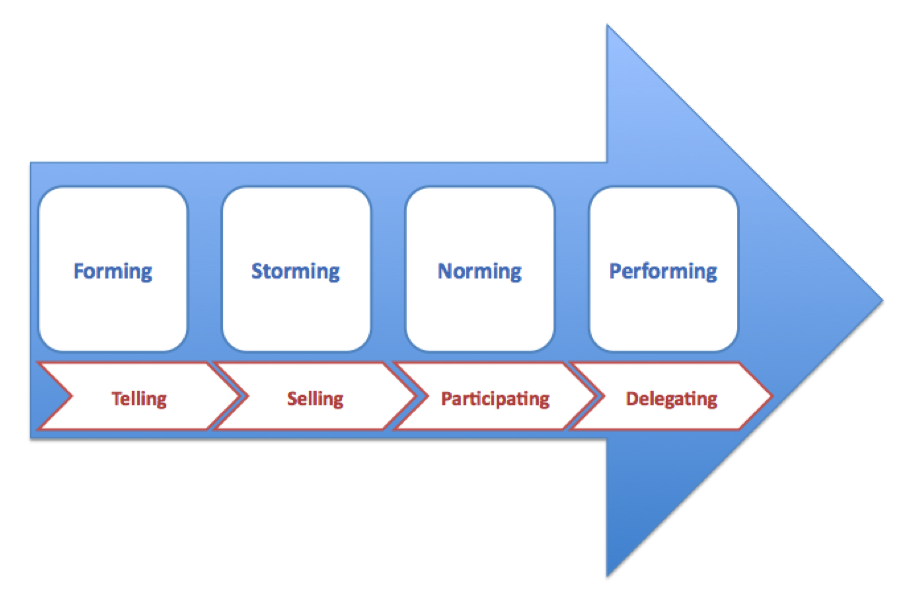As Agile team coaches or organizational coaches, we aim to increase the teams’ performance in an attempt to deliver better results. We improve quality, help the team work more efficiently, and have fun while delivering increased business value. Interestingly, many of the observations presented in Great Business Teams: Cracking the Code for Standout Performance (this is the second part of the book review) are in line with the Agile values and principles. Here are some of the keys points to remember:
THE LEADERS
The leaders have an important role in developing high performance teams. Their actions and behaviors will be closely observed and people will modify their own behaviors based on those of their leaders. Guttman highlights some of the leader imperatives to achieve high performance.
Develop and drive the horizontal vision
An horizontal organization means moving to an organizaton in which everyone operates according to a clearly defined set of decision-making protocols, where people understand what they are accountable for and then own the results.
For an organization to raise its level of performance every team, on every level, must be a great team. That is to say, it must be aligned in five key areas:
- business strategy
- business deliverables coming from the strategy
- roles and responsibilities at individual and business unit or functional levels
- protocols, or ground rules, for decision making and conflict resolution (see a recent post on this topic)
- business/interpersonal relationships and interdependencies
Create the right mindset
- Being candid from “wary, closed with hidden agendas” to “candid, open, relaxed, easy to speak your mind” – from “no tolerance for confrontation, conflicts suppressed” to “tensions surfaced, confronted, and resolved”
- Accentuating accountability: putting equal emphasis on cross functional, peer-to-peer accountability, as well as peer-to-leader acountability.
Provide the right skills
Such as influencing, active listening, assertion, giving and receiving feedback, conflict management, decision making and leadership.
Keep the game and guard the rules
Everyone is clear about and committed to the business strategy and the operational goals that flow from it; undertsands his or her roles and responsibilities, and adheres to agreed-upon protocols, or ground rules for decisions making and for interpersonal behavior, especially those relating to conflict management.
Here’s how great teams make decisions:
- Identify the decisions that need to be made
- Identify decision subteams
- Assign accountability
- Set objectives and timelines
- Select the decision making mode
- Identify information sources
- Determine the shelf life of the decision
Raise the bar
Keep challenging the status quo, revisit the targets and get the team involved in the process.
Be player centered
Leadership is in large part about power – about how it is exercised, shared, delegated, and used. High performance leaders seek to leverage power, not monopolize – to put it to use to drive up their team’s or organization’s performance. Putting the power in the hands of the teams members provides the right conditions to deliver maximum payoffs.
THE PLAYERS
The road to a great team begins with two nuclear elements of team reality: the leader and the team members. Consequently, team members must show four very obvious characteristics.
Think like a director
Keep their eye on overarching goals and the need to stay on top of their competition.
Put team first, function second
They are team members first and functional representatives second.
Embrace accountability
Slowly move from an individual accountability for their own results toward accountability toward the success of the entire organization.
Become comfortable with discomfort
People need to be or become comfortable with the changes required of them and their leader.
Building an outstanding team requires time and energy and is achievable once people agree to work together and pull in the same direction.





Recent Comments